1. Voltage signal output
Voltage signal output is the most commonly used signal output method for thermocouples. Thermocouples measure temperature changes through the thermoelectric potential difference between positive and negative electrodes, and convert this potential difference into a voltage signal output. Under normal circumstances, the voltage signal output by the thermocouple is proportional to the temperature change. For example, the voltage signal output by the K-type thermocouple is about 41 microvolts/℃. The voltage signal output method is suitable for long-distance transmission and scenarios with high measurement accuracy requirements.
2. Current signal output
Current signal output is another commonly used thermocouple signal output method. After the potential difference generated by the thermocouple is amplified and adjusted in the circuit, it can be output as a 0-20mA or 4-20mA current signal. This signal output method has high anti-interference ability and stability, and is suitable for scenarios such as industrial automation control.
3. Digital signal output
Digital signal output is an integrated thermocouple signal output method. It can directly convert the signal generated by the thermocouple into a digital signal output. Common digital signal output methods include RS485 interface, SPI interface and I2C interface. The digital signal output method is suitable for scenarios such as digital processing and remote monitoring, but the cost is relatively high.
How to choose the signal output method of the thermocouple sensor
When choosing the signal output method of the thermocouple sensor, the following factors need to be considered:
Transmission distance: If the transmission distance is long, the voltage signal output method may be more suitable, because the voltage signal is not easily interfered during long-distance transmission.
Measurement accuracy: If the measurement accuracy requirement is high, the voltage signal output method can be selected, because the voltage signal output method usually has higher measurement accuracy.
Anti-interference ability: If there is strong electromagnetic interference in the working environment, the current signal output method can be selected, because the current signal output method has a higher anti-interference ability.
Cost: Although the digital signal output method has higher integration and convenience, the cost is also relatively high. Therefore, it is necessary to weigh the cost and actual needs when choosing.

 English
English русский
русский 简体中文
简体中文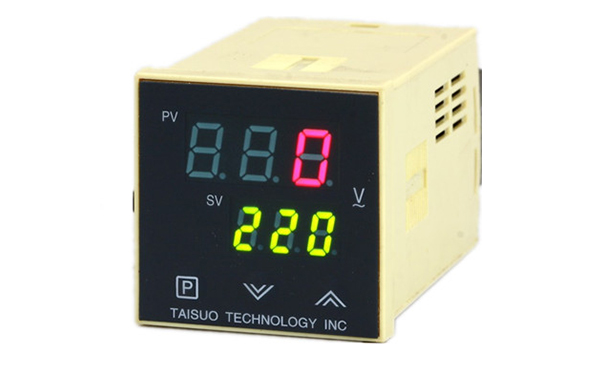
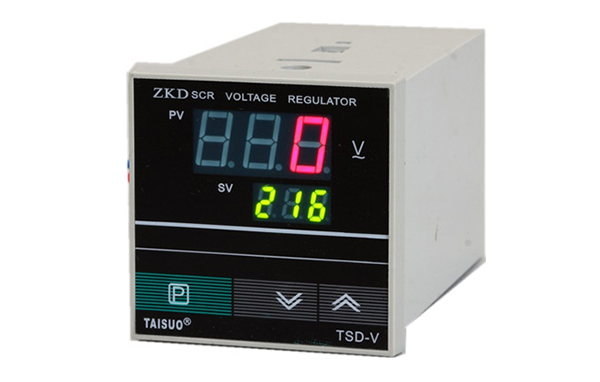
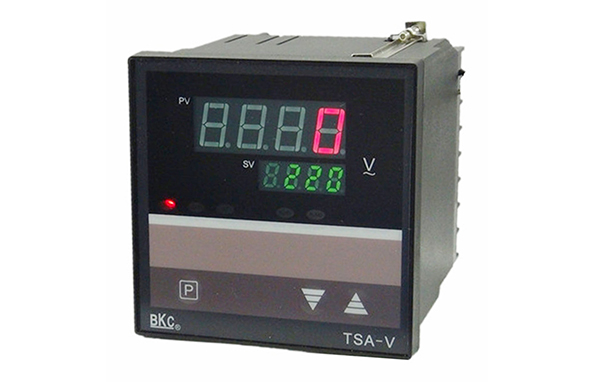


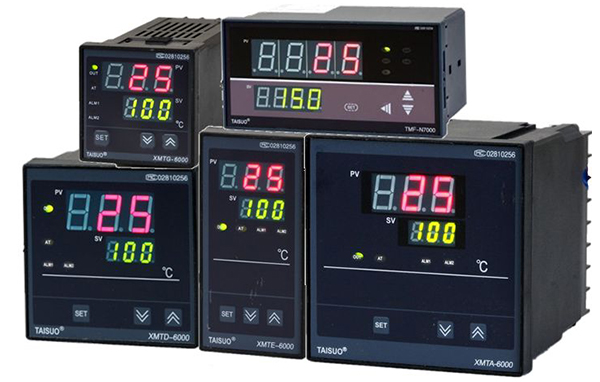
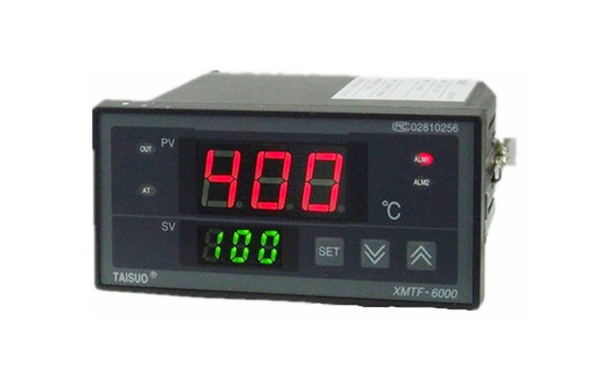
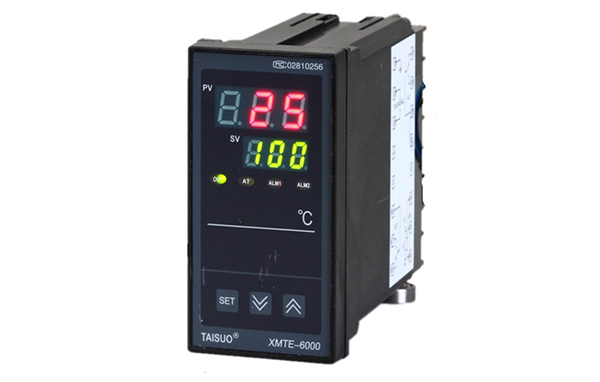
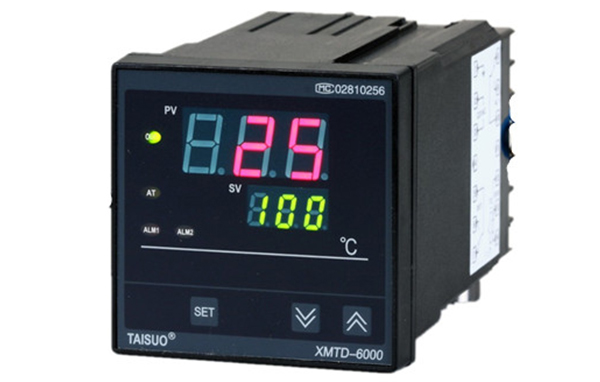

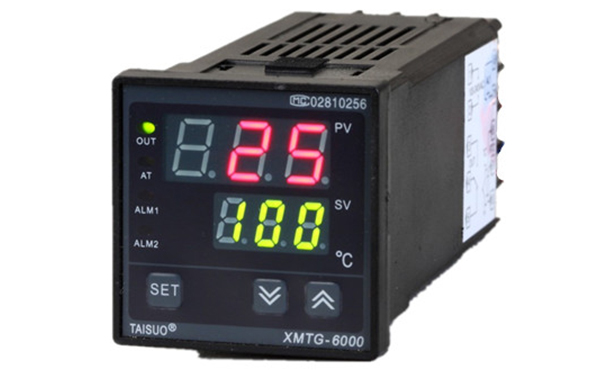


 Ins: tai_suo
Ins: tai_suo

